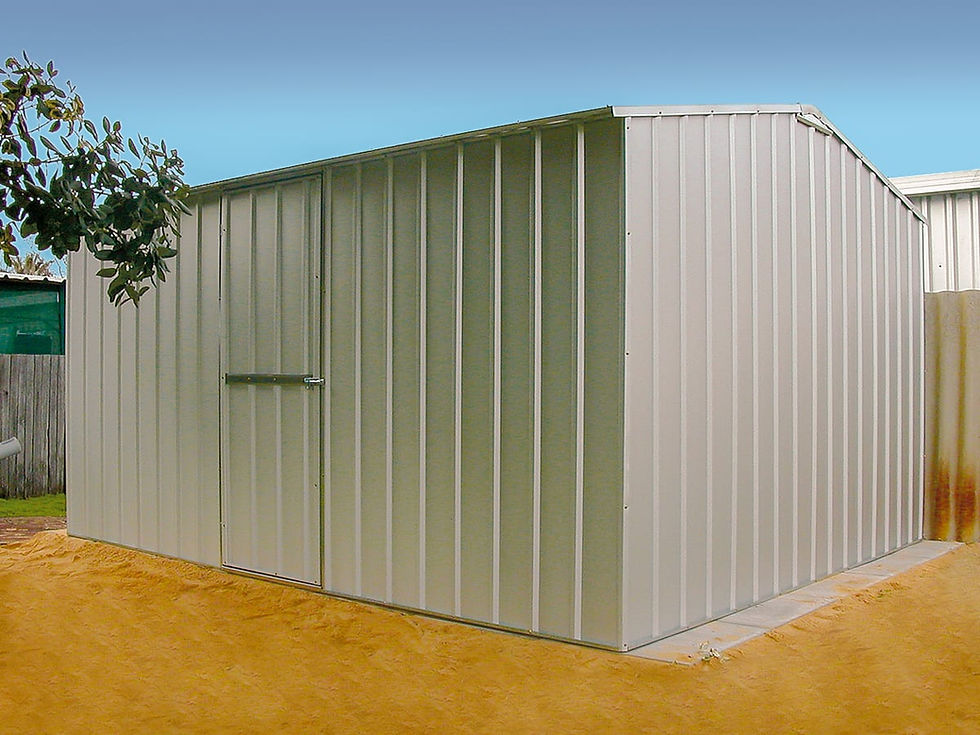DIY Steps for Creating Rough Plaster Texture for Beautiful Walls
- Kiera Peterson
- Sep 30, 2019
- 3 min read
Are you willing to add rich detail to the walls? Why not go for rough plaster texture which is a new way of adding richness and beauty to the walls. Rough surfaces were a real hit in the historic homes in the 1920s and 1930s. The one who lived in the historic homes and places such as palaces or old buildings want to restore the walls by adding rough plaster texture to them. Rough plaster texture on walls are in trend today and everyone is willing to do it for their walls. It is an amazing way to add visual interest to the area and create striking zones. Such rough-textured walls look really beautiful and appealing during the day and in the evening whenever light falls on it.
Rough Plaster Texture is one of the best plastering techniques that can add a sense of style to the home décor. Among so many plastering techniques, you need to choose the right one. At present rough walls are trending and are gaining immense popularity. It has a wonderful crack hiding ability and so it has a much better wall finish. There may be a bit of application difficulty with regards to the techniques and so this section clearly states the steps to creating a rough plaster texture.
How to Create a Rough Plaster Texture?
First, apply a thin coat of acrylic-based bonding agent onto the walls using a paintbrush. Leave the bonding agent for at least twenty-four hours to dry.
Take a mixing trough and mix powdered lime and sand in a ratio of 1:2. Use the trowel to mix it thoroughly. Then form a conical shape using the sand and lime mixture. In the cone, make a hole at the center of the lime and sand material by using the trowel handle.
Now, fill up this hole with water and mix it properly. You now have a mixture of lime, sand, and water. Make sure the consistency is like the batter of a pancake. Allow it to thicken to some extent for 15 minutes.
Take the plaster mix and place 3/8th inch of thickness on the walls. Use a trowel for application and even out wall coat with the wooden float. Let the coat of plaster dry for twenty-four hours.
Now make another mixture of sand and lime. But this time you need to use sand and lime almost in the same quantity. Take 1 part of lime and 1 ½ part of sand.
Use a trowel to apply the second part of the mixture onto the walls. Keep dragging the trowel in a way that it creates a patch of textures. Keep doing so till you attain the desired effect on the wall.
Why Is Rough Plaster Texture Also Called as Spatter Dash Finish?
Rough plaster texture is popularly known as spatter dash finish which uses mortar to create a coarse finish. The size of the coarse aggregate used here is between 3mm-12mm. Here you should use a large quantity of mortar and dash it onto the walls. This is one kind of plaster finish which is preferred for rendering. The kind of plaster material you choose and the application varies depending on the structure of the wall. Different plaster materials have different properties. The blocks of lightweight concrete bears large suctions to prevent any attaching with the walls.
Plastering techniques require professionals for plaster application. It can’t be done by the plumbers in your area. You need to choose the right plastering professionals who excel in applying lime-based plaster.








Comments